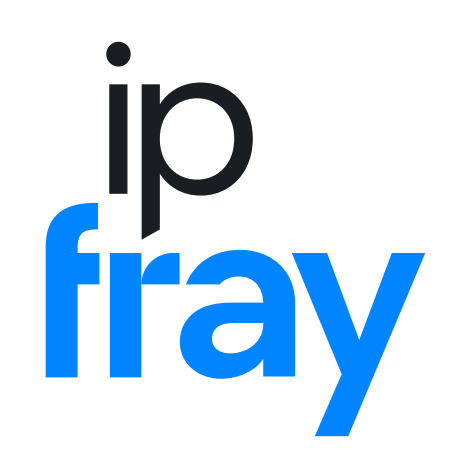Context: The Unified Patent Court (UPC) keeps issuing relevant decisions during the main vacation month of the year (August 24, 2024 ip fray article).
What’s new: Today the UPC’s Munich Local Division (LD) granted a preliminary injunction (PI) in Hand Held Products v. Scandit (PDF (in German)). To arrive at that decision, the court had to address several legal questions of transcendental importance, particularly the distinction between direct and indirect infringement, the criteria for ordering an absolute instead of merely a relative prohibition, and (once again) the urgency requirement for PI motions (officially called “applications for provisional measures”) as well as a limit of three invalidity contentions.
Direct impact: For the plaintiff, the decision is overwhelmingly a win, as it obtained an absolute prohibition, albeit only over a likely infringement of an indirect nature. An appeal will presumably be brought and could lead to greater clarity.
Wider ramifications: Practitioners seeking a PI and expecting a non-urgency defense may find the Munich LD a more favorable venue than some other LDs, given that two months are generally considered a reasonable period between finding out about an infringement and filing for a PI. And while this was not outcome-determinative in any way, it’s worth nothing that the patent-in-suit is one that has unitary effect, or, put differently, it’s a Unitary Patent.
The patent-in-suit, EP3866051 (“mobile computer configured to read multiple decodable indicia”), has device and method claims, while the accused product is a software development kit (SDK), which means that it takes the incorporation of that SDK into the operating software of a device with scanning capabilities in order to have an infringing device or to practice the patented method. Intuitively, that looks like a typical case of a contributory as opposed to direct infringement. But the plaintiff argued that this case is one of the exceptional ones in which the inevitable effect of the defendant’s accused actions is an infringement.
The Munich LD disagreed with respect to the facts in this case, where the infringement is merely indirect, but confirmed that there can be scenarios in which a defendant provides all the components to a customer and an infringement results from putting the pieces together. The hurdle for this is high. It is generally met if infringement is truly inevitable because, for example, the combination of the relevant components will either be functional and infringing or dysfunctional and non-infringing. Not so here where it’s just about an SDK, some functions of which are accused of infringement, but which the software built on top of the SDK does not necessarily have to invoke.
In the end, the court found that it was not sufficiently clear that the defendant’s customers wouldn’t be able to make non-infringing use of the SDK in question, given the plethora of features found in the accused SDK.
Given that the likely infringement identified here is merely indirect, the court also had to rule on whether the prohibitive order sought by the plaintiff should be absolute (sales ban on the SDK) or relative (a warning to users that if they invoke certain SDK functions in the relevant countries, they’re at risk of infringement). The plaintiff wanted and obtained an absolute prohibition. The court performed some balancing in which it also played a role that the defendant can remove certain SDK functions. A mere warning did not appear sufficient.
The defendant claims to be a supplier to 6 of the top 10 barcode scanner makers found in the Fortune 500 (list of 500 largest U.S. companies), making this a commercially significant matter.
The decision also reinforces, and elaborates on, two other “Munich LD doctrines” (this term has just been coined by ip fray and is obviously not found in the decision) that were pronounced in a May 2024 decision in Dyson v. SharkNinja (June 6, 2024 ip fray article):
- Taking note of deviating decisions by (at least) the Dusseldorf LD, the Munich LD reaffirms that two months are a reasonable period of time to prepare a PI motion.
- Parties opposing PI motions get only three invalidity contentions that the court will evaluate. It’s up to them to identify their best arguments. The decision explains that ther court can make a summary determination on factual matters, but will always have to address legal questions in full detail, and under the constraints of a PI proceeding that would be too much to ask for with respect to more than three invalidity contentions. ip fray continues to respectfully disagree.
The appeals court may have to address all of these questions if the PI is appealed and ultimately affirmed. If, however, a single outcome-determinative question was resolved in the defendant’s favor, the PI might be lifted without the appellate decision providing further clarification.
The panel consisted of Presiding Judge (and here, also judge-rapporteur) Dr. Matthias Zigann, Judge Tobias Pichlmaier and Judge András Kupecz (who primarily serves on the Munich Central Division and an interview with whom will soon be published by ip fray). No technically qualified judge was involved here.
The plaintiff is represented by Bardehle Pagenberg’s Dr. Tobias Wuttke and the defendant by Fish & Richardson’s Dr. Jan Zecher.
